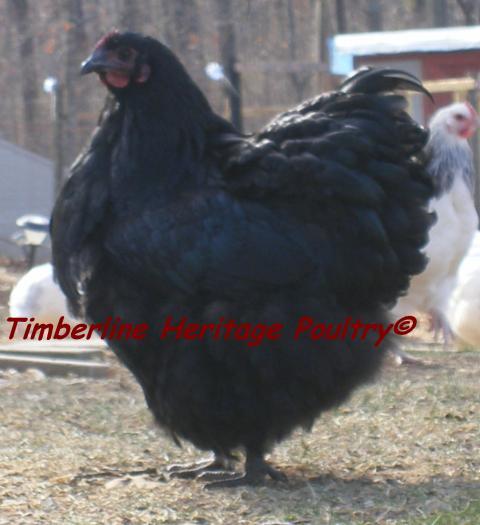Quote:
Do you have a copy of the ENGLISH SOP, Jeremy? I would love to have a copy of the Orp section. All I have is the APA SOP, and I haven't even looked at the Orp section of that. Guess I should some day....
I was out taking pictures today. I thought this pullet looked just like a heart. Do you see the heart shape here?

Do you have a copy of the ENGLISH SOP, Jeremy? I would love to have a copy of the Orp section. All I have is the APA SOP, and I haven't even looked at the Orp section of that. Guess I should some day....
I was out taking pictures today. I thought this pullet looked just like a heart. Do you see the heart shape here?








